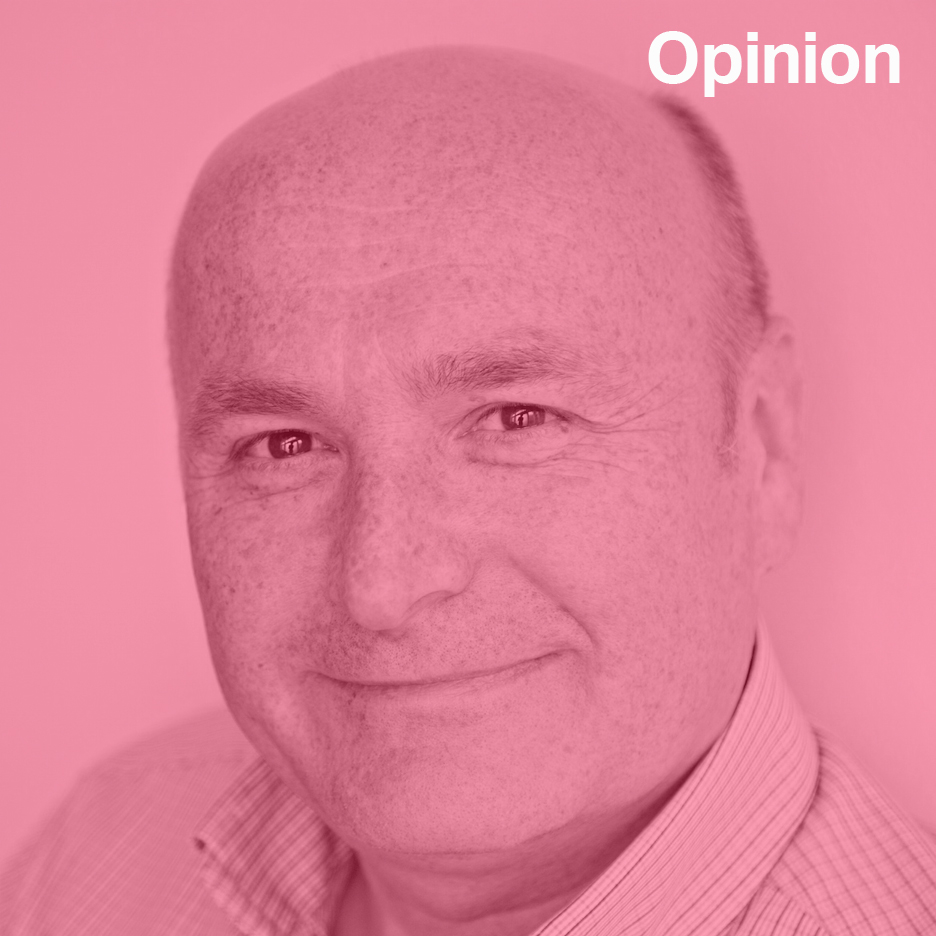
"The idea of succession is not discussed enough in the design industry"
Opinion: designers need to stop thinking about business as a dirty word and consider the legacy of their company, says Paul Priestman, chairman of transport design firm PriestmanGoode. Here, he explains why he has effectively sold his company to his employees.
Designers are trained to think about the future, so why do so few consider the legacy of their business as an intrinsic element of their growth strategy?
In March 2016, PriestmanGoode became an employee-owned company and is now majority owned by an Employee Ownership Trust. This means that every employee now has a stake in the company, by way of a trust (ie they do not have to personally invest any capital).
While directors Nigel Goode, Luke Hawes and myself are not intending on retiring or removing ourselves from the business, we felt it important to start planning now for the future of the company we have built and steadily grown from a small product design consultancy into one of the leading transport and aviation design studios in the world.
The idea of succession is not something that is discussed enough in our industry, nor are the various options widely understood. For most companies, the idea of succession is tantamount to a traditional merger or acquisition.
In 2014, Turner Duckworth was acquired by the Publicis Group for an undisclosed sum. That same year, Yves Behar's Fuseproject sold a majority stake of its company to a large Chinese communications group.
While these moves can offer benefits and a strong support for growth, traditional mergers and acquisitions can also prove problematic, as they always carry with them an uncertainty about what will happen to your company culture and your employees.
A successful design company is dependent on retaining the best designers to enable a consistent delivery of world class design. The continued growth and success that PriestmanGoode has achieved over the last three decades is a combination of hard work, strategic thinking and most importantly, talent.
As the other directors and myself started considering the idea of succession, this talent was at the heart of the conversation. Many of our designers have been with us for over 10 years and have played a crucial role in our expansion. We wanted to ensure that whatever we planned for would benefit them, and ensure that they felt valued and safe.
Some founding designers will not delegate and empower their staff. Whether this stems from a sense of self-importance or a lack of trust, the result is often a high turnover of staff with little company structure or support. This limits the growth of companies, which is why much of the design industry is a cottage industry of five to 10 staff centred around one or two individuals.
If more founding partners harnessed the value of empowerment and delegation as positives, it would facilitate growth and enable them to work on large international projects. I think it's also important to think about longevity and legacy, not building start-ups to sell on in three to five years' time.
Over the course of many conversations with fellow designers and business owners from various walks of life, we eventually came across the Employee Ownership model.
We're not the first creative business to adopt this model. A number of firms, including Make, Arup and Hayes Davidson, are already Employee Owned. All see it as an intrinsic part of their offer.
In a recent blog post coinciding with Employee Ownership day on 1 July, Make explained that the model benefits both them as a business as well as their clients. They refer to a collaborative culture that encourages participation in decision making, and makes all employees feel invested and working towards shared goals, which of course has a positive knock-on effect on productivity and output that in turn benefits clients.
Despite its benefits though, the model is still not widely adopted, nor even known about. I suspect this is because the financial sector does not make any money out of it in the way it does out of mergers and acquisitions.
As industrial designers, we talk about the importance of design as a competitive business tool. Designers and architects are trained to think about the future. But this progressive thinking is not applied to their own business strategy often enough.
As designers in aviation and transport, we have to think of the long term. Our work is about innovation, about future proofing, helping our clients devise long-term strategies for success. By transitioning into an employee-owned company, we are applying those same principles to our own company.
It's a collaborative and long-term approach to business decisions. Some founding directors leave their plans for succession until it's too late, selling shares as their business is on a downward curve. We've done the opposite. We've been consistently growing and continue to do so. This is simply the next phase in our development as a business.
We need to encourage strategic business thinking in creative and design companies. Design, innovation and technology are a key element of developing a more sustainable world, and the inquisitive, ground-breaking and entrepreneurial attitude of individuals and small consultancies is at the heart of this.
In order to ensure the future success of our industry, it is imperative that consultancies consider succession as an intrinsic element of their growth strategy, and ensure that they retain the pioneering, independent spirit that has built our sector's reputation as a driver for innovation, sustainability and problem-solving. At the end of the day, it's really just about good design leadership.
Paul Priestman is chairman of London design consultancy PriestmanGoode, where he oversees projects ranging from products to major transport initiatives. He is a trustee of the UK's Design Council and was named as one of Britain's 500 most influential individuals in 2016 by The Sunday Times newspaper.